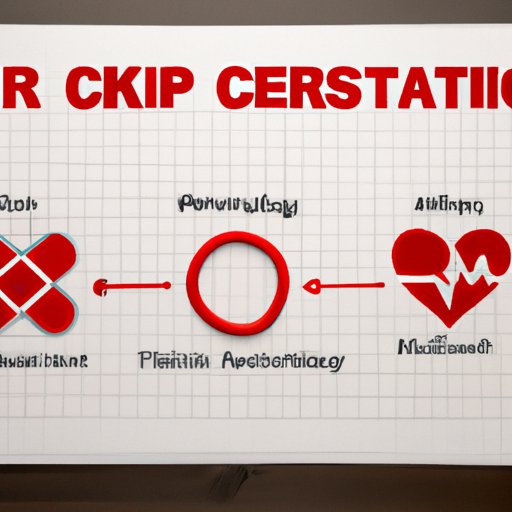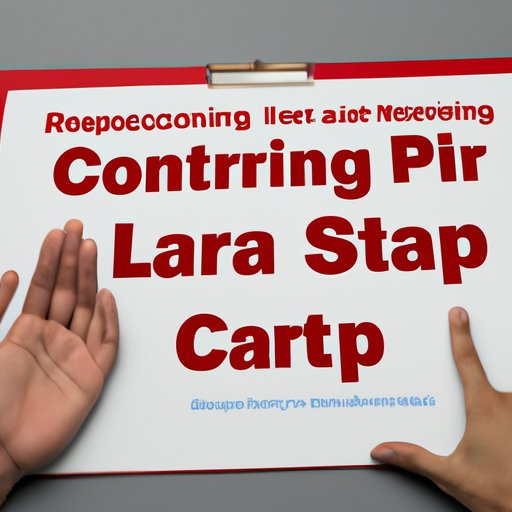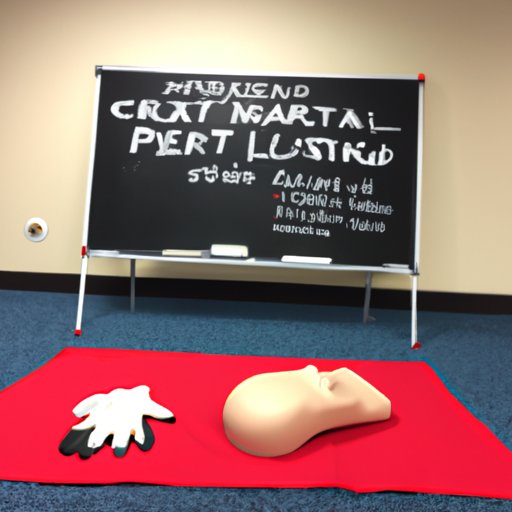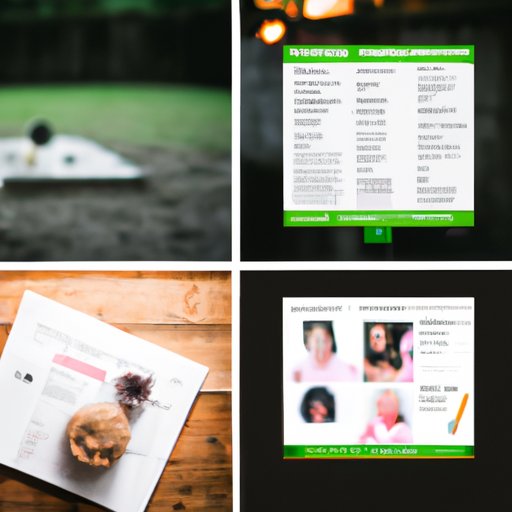
Overview of the CPR Certification Process
Cardiopulmonary resuscitation (CPR) is an emergency procedure used on people who have stopped breathing or whose heart has stopped beating. CPR is performed by compressing the chest to circulate oxygenated blood throughout the body, and is an essential skill for anyone in the medical profession or a related field. Learning CPR requires specialized training and certification.
The exact requirements for CPR certification vary from state to state, but typically involve completing a course approved by the American Heart Association or American Red Cross. These courses are offered by hospitals, medical centers, community organizations and other institutions, and teach the basics of CPR and how to respond in life-threatening situations.
Time Commitment for CPR Certification
The amount of time it takes to become CPR certified depends on a variety of factors, including the type of course you take and the provider offering it. Most courses last between 4-6 hours, although some may be shorter or longer depending on the curriculum.
Some courses may also require additional time for study and practice outside of the classroom. For example, some courses require participants to complete a written test or hands-on assessment before they can receive their certification. Additionally, some providers may offer refresher courses for those who need to renew their certification.
Advantages of Becoming CPR Certified
CPR certification provides many benefits, both professionally and personally. Professionally, having CPR certification can help you stand out when applying for jobs in the medical field. It can also demonstrate your commitment to safety and preparedness, which can be a major plus in any job.
On a personal level, having CPR certification can give you the confidence to act quickly and calmly in an emergency situation. It can also provide peace of mind knowing that you are prepared if someone close to you needs medical assistance.

How to Find a CPR Certification Course
Finding a CPR certification course is relatively easy. Many hospitals, medical centers and community organizations offer courses, as do some private companies. The American Heart Association and American Red Cross also offer courses online, which can be completed at your own pace.
When choosing a course, make sure you select one that is approved by the American Heart Association or American Red Cross. Also, ask about the instructor’s qualifications, the length of the course and any additional materials you may need.
Cost of CPR Certification
For instance, an online CPR course from the American CPR Care Association starts at $14.95. It’s a great deal for those who are looking for affordable yet comprehensive first-aid training. In addition, the skills and knowledge gained from an online first aid certification course can have far-reaching effects, from improving workplace safety to responding to emergencies at home or in the community. By taking an online first aid certification course, individuals can be prepared for emergencies and contribute to a safer and more prepared society.

What You Learn in CPR Certification Classes
CPR certification classes cover a range of topics, including basic CPR techniques, the use of AEDs (automated external defibrillators), choking prevention and management, and responding to cardiac and breathing emergencies. Additionally, most courses also discuss the importance of safety in the workplace and how to use protective equipment such as gloves and masks.

Tips for Passing the CPR Certification Exam
The CPR certification exam consists of multiple-choice questions and may also include a hands-on component. To ensure you pass the exam, make sure you read all the material provided and practice the skills you learn in class. Additionally, it’s important to stay calm during the exam and focus on the task at hand.
It’s also helpful to study with a partner or group so you can review the material together and get feedback. Finally, make sure you are well rested and arrive at the exam site early so you can focus on the task at hand.
CPR certification is an important skill that can save lives. Taking the time to learn CPR and become certified can provide you with the knowledge and confidence to respond quickly and appropriately in an emergency situation. With the right preparation and dedication, you can become CPR certified in no time.
(Note: Is this article not meeting your expectations? Do you have knowledge or insights to share? Unlock new opportunities and expand your reach by joining our authors team. Click Registration to join us and share your expertise with our readers.)
